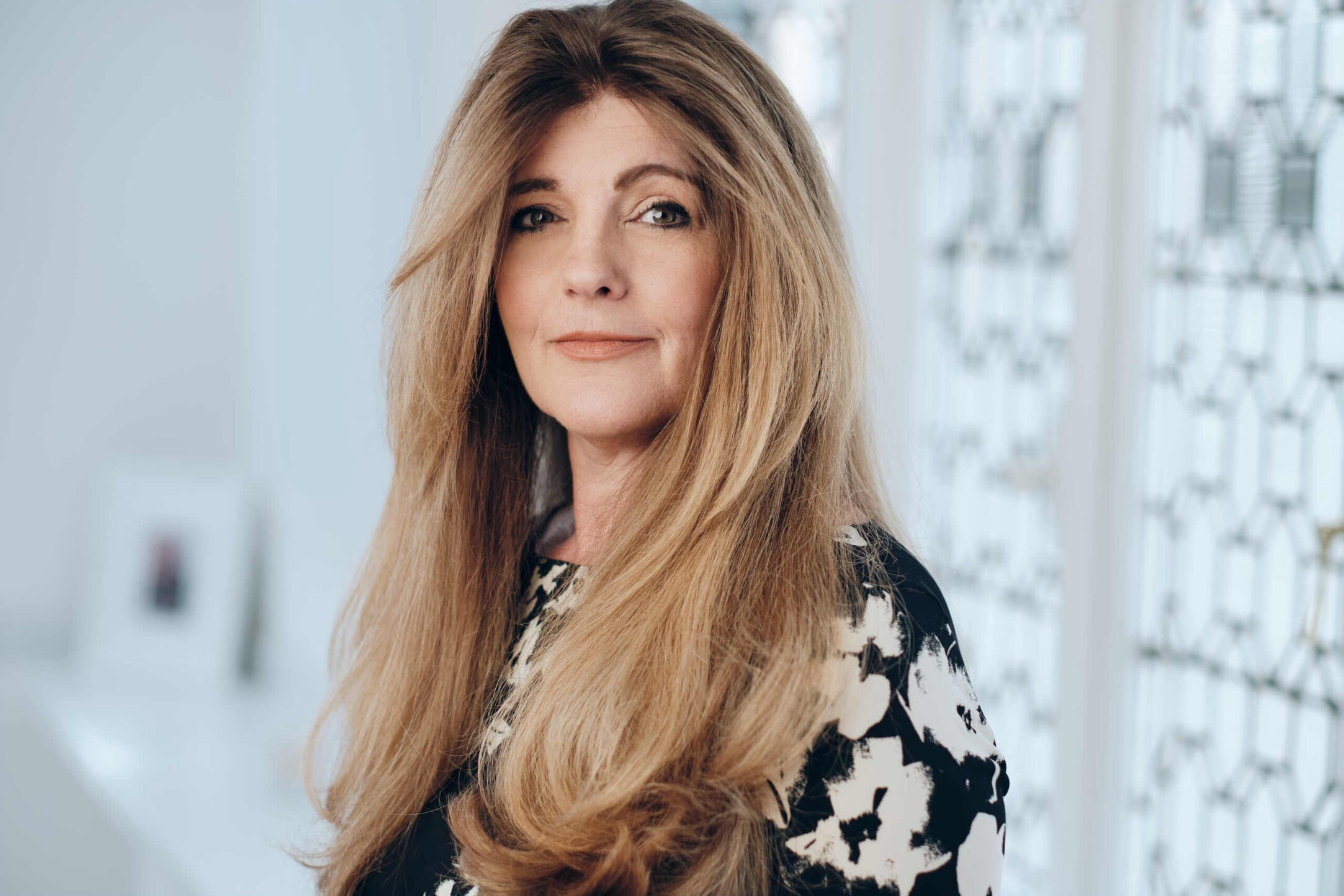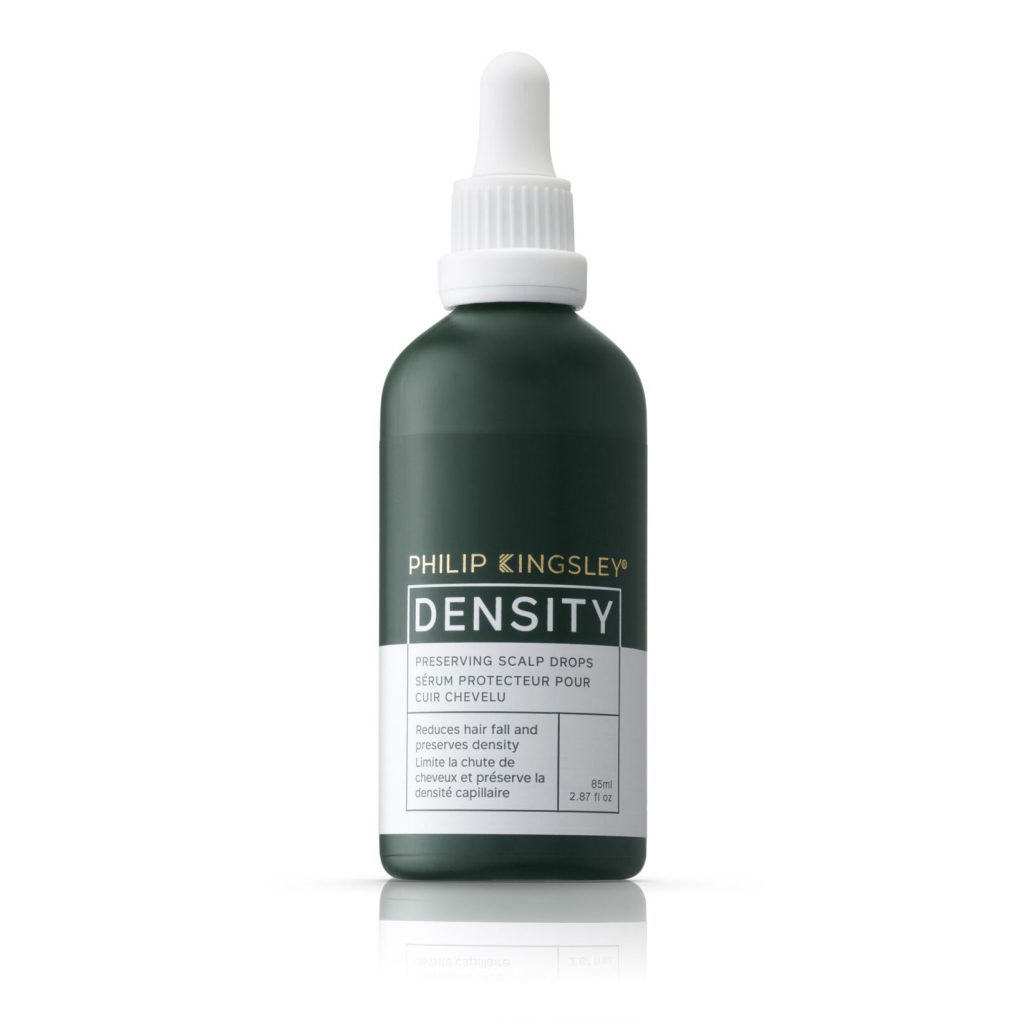The post partum period can bring a myriad of symptoms and experiences to women physiologically and one of the most talked about experiences among women is post partum hair loss. We wanted to find out what really goes on with your hair in the post partum period so we spoke to Susie Hammond, a consultant trichologist at Philip Kingsley.
1. Can you explain the physiological factors that contribute to postpartum hair loss in women?
During pregnancy, levels of oestrogen rise. Oestrogen is what we would term a ‘hair-friendly’ hormone and higher levels of oestrogen will hold the hairs longer in their growing phase, meaning that you shed fewer hairs during this time. This is what can lead to the fuller hair that many women see during their pregnancies. However, once the oestrogen level drops again post-partum, those hairs that have been held longer in this growing phase will move away from the blood supply and be shed around two to three months later. Be assured that these hairs are replacing themselves, and the extra hair fall (which is known as Telogen Effluvium) should settle on its own within about six months.

Philip Kingsley HQ
2. What are the typical timelines for postpartum hair loss, and how does it vary from person to person?
It takes a little time from when the hairs move away from the blood supply in the anagen phase to when they’re actually shed. The hairs sit in a resting phase for around three months before falling so there is a slight delay before shedding begins. If shedding doesn’t settle within around six months of it starting, there may be other factors at play. Low iron is a common issue that can underpin extra post-partum hair fall and some women experience thyroid issues during pregnancy which may also trigger extra shedding. Furthermore, it’s important not to restrict calorie intake too much while trying to lose pregnancy weight, as hair growth may suffer.
3. What are some common misconceptions about postpartum hair loss, and how do you address them with your clients?
Despite being a well-known, and benign, post partum symptom it can be hard not to panic when seeing lots of hair collecting in the plughole and in the hairbrush. Clients will often tell me they’re worried that they’ll lose all their hair, or the shed hairs won’t re-grow but this is of course not the case. A common reaction is to stop shampooing regularly for fear of causing more hair loss, so I reassure clients that hair-washing doesn’t cause more hair fall and it’s far better to look after scalp health by continuing to shampoo daily or every other day.
4. Can you discuss the different treatment options available for postpartum hair loss, and how do you determine the most suitable approach for each individual?
Straightforward post-partum hair fall will settle on its own and the volume will gradually recover. However, if shedding continues then blood tests are advisable to ensure there are no deficiencies underpinning the hair loss. I also advise keeping to a healthy diet with plenty of protein, to optimise the re-growth.
5. Are there any lifestyle factors or habits that can exacerbate postpartum hair loss, and what recommendations do you typically provide to mitigate these effects?
Having a new baby in the household can of course be a busy time and make it hard to stick to a good diet, and lack of sleep can add to stress. This can all contribute to a Telogen Effluvium. I try and reassure my clients that, as long as blood tests come back as normal (from a hair growth perspective) things will settle in time, and the hair will recover.
For further concerns you can book a Trichology / clinic appointment to discuss prescription treatment at the Philip Kingsley HQ, or shop the Density range here.




